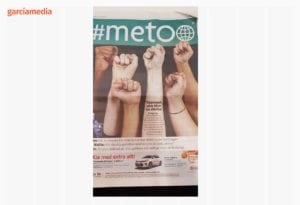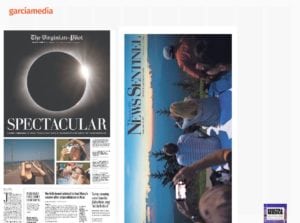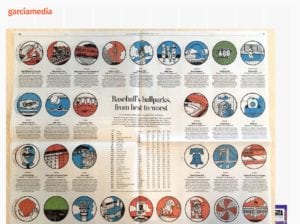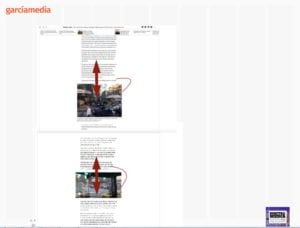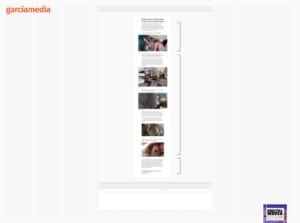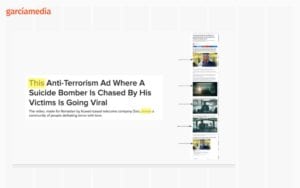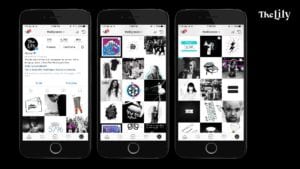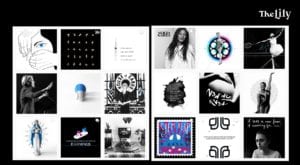
Last week, the World Association of Newspapers and News Publishers (WAN-IFRA) hosted the first-ever Digital Media North America (DMNA) conference in New York City, partnering with the News Media Alliance to bring insights about digital news trends from around the world to North American news organizations. During the two-day conference, digital-only and print-first publications shared information about trends in news, better practices for editorial and advertising, and why the reader should be put first.
We’ve boiled the two-day event down to the five most important lessons for publishers, but if you want to know what happened throughout the event, you can get the scoop from #DMNA17. If you want the play-by-play of the full event, you can read all the conference tweets on Storify here.
Or, if you’d prefer to see only the Alliance reporter’s live-tweeting of key conference sessions, you can find that Storify collection here.
Subscribing Needs to Be Frictionless
One of the most important lessons to come out of DMNA17 was the idea that, if they want to draw in more revenue from readers, publishers need to make subscribing to their product seamless and frictionless. Tony Haile, of Scroll, discussed how important it is to make subscribing easier, or frictionless. If a reader has to click through multiple screens or deal with a series of forms, he said, they’re going to give up. But if you create something quick and seamless, readers will subscribe. To achieve this, Haile and Scroll want news organizations to get together to create a one-stop-shopping experience for the news, allowing users to fill out a subscription form once and use it subscribe to multiple publications.
But there’s more to driving subscriptions than making it easier. It also needs to be more appealing, as Hearst Newspapers’ Haris Agha told attendees. Not only is subscription marketing boring, Agha said, but it tries to target everyone with one ad, leaving out huge swathes of the audience who may have different needs or reasons for subscribing. If you want to reach a bigger readership, you need to target a wider array of potential readers. To do that, you need to use the data you have available to create better experiences for different types of users; experiences that will prompt them to engage and, eventually, subscribe.

Newspapers Shouldn’t Be Breaking News
It may sound antithetical, but in an age where tweets and smartphone alerts are breaking the news, newspapers shouldn’t be sharing yesterday’s breaking news as if it’s still new. That’s what Dr. Mario García, founder of García Media, told the crowd at DMNA17. To better serve readers, newspapers should be using their pages to give readers context. Newspapers have the opportunity to explain to readers why the story matters and how it will impact their lives, and to present the stories in ways that aren’t quite as possible in the digital format. Newspapers can create large, complex graphics that aren’t feasible on a website or cellphone screen, and have knowledge about readers’ lives that will help them better convey the story’s relevance to their audience.
Know Your Platforms — and Use Them Wisely
Another key takeaway from García’s presentation was that the platform needs to be considered in storytelling. While print publishers may be used to laying out a story for a broad print format, these days, more and more people are reading the news on screens — especially phone screens. That means you need to tell your story in a way that will appeal to those readers. García advised publishers to think of stories in a linear fashion. You don’t want to make people click and swipe, you want them to scroll. Scrolling through a story is a more natural way of reading on a digital platform, and by making a story easier to read, you’re making it more likely that readers will scroll through to the end — and discover more of your stories in the process.
Publishers also need to be willing to get on social media and use it. Any story that you’re telling in your newspaper or on your website should be told on all of your social channels, too. Maybe that means creating behind-the-scenes content to share on Snapchat while you work on the final story, or maybe it means creating shareable social images that you can post on Instagram with a short blurb to tell readers about what you’re publishing. There are many, many ways to tell your stories, and you should use all of them.
With its new publication The Lily, devoted to millennial women, The Washington Post makes it a point to create unique social images for each of their stories — and you should, too. By reaching out to audiences where they are — be that on Facebook, Twitter, Snapchat or Instagram — you’re making it easier for readers to find, read and share your content.
You Don’t Need Words to Tell a Story
The old saying “a picture is worth a thousand words” is just as true in the news industry as anywhere else, said Renata Rizzi of Brazil’s Nexo journal. The news analysis publication focuses not on breaking news, but on explaining it. A large part of how they do that is with images. From charts and graphs to maps and illustrations, Nexo publishes three graphics per week, each one designed to share a complete story with very few words. You don’t always need a thousand-word story to give readers a full picture of a situation; sometimes all you need is a single picture.

Don’t Be Afraid to Try New Things
The message most often conveyed by presenters: publishers need to experiment. Times are changing, and the news must change with them, but how that happens is up to publishers. The New York Times is experimenting by using virtual reality and augmented reality to tell stories, and Marcelle Hopkins, the co-director of the Times VR division said they got started by just diving in head-first. When Hopkins decided the Times should try VR, no one on staff knew how to do it or what it would look like, but Hopkins found colleagues willing to put in the extra time to learn, and through trial and error, they found their footing and are now able to tell stories every day using VR. But you don’t have to be a global news powerhouse to attempt something new. Hopkins shared that you can get all the tools you need to start telling virtual reality stories for less than $1,000. You also don’t necessarily need to do virtual reality at all. But publishers do need to try new things, whether that’s creating niche publications within the main organization, using more graphics, trying new platforms, or, yes, creating virtual reality stories. Whatever you want to try, Hopkins said you shouldn’t wait — do it now.
If you attended Digital Media North America, you can access the complete slide shows from a number of presenters on WAN-IFRA’s website.
.

